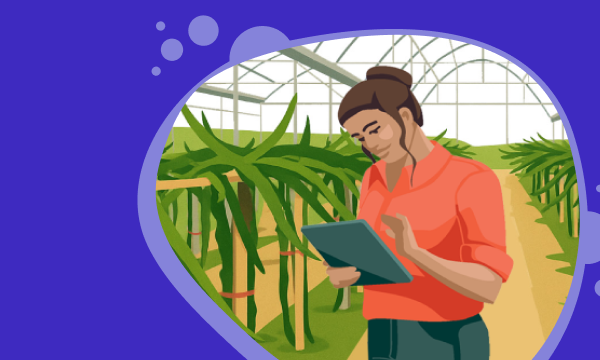
- CASE STUDY
- CUSTOMER CHAMPIONS
- TOMATO
- CROP MANAGEMENT
Eliven Tropical: Using FarmRoad to Detect Early Stress and Prevent Crop Loss
When faced with crop losses due to climate events and system failures, Eliven Tropical turned to...
22.03.2023 | 3 min read
As a commercial tomato grower, you know that your success depends on your ability to maximize yield while minimizing costs. One way to achieve this is through crop steering, a technique that involves adjusting key environmental variables to influence the growth and development of your plants. In this article, we'll provide a basic overview of crop steering, including its benefits, key variables to control, common mistakes, and practical steps for getting started.
The concept of crop steering is based on the idea that plants have different growth requirements at different stages of development. By providing the right environmental conditions at each stage, growers can ensure that their crops are able to maximize growth and yield potential.
Crop Steering is designed to influence the energy use of the crop between two states: vegetative and generative. In the generative phase the crop allocates energy towards fruit production, whereas in the vegetative phase the crop puts its energy towards non-fruiting elements like stems and leaves. Generally speaking intentionally adding stress to the crop will steer its growth towards a generative state, and removing the stress will steer it towards vegetative. One of the key benefits of crop steering is that it allows growers to manipulate plant growth to fit their specific needs. For example, if a grower wants to maximize yield, they can steer the crop towards vegetative growth during the early stages of development and then towards generative growth during the flowering and fruiting stages.
Often growers will refer to crop steering as “keeping the plant in the right balance” but this is a little misleading. Plant balance implies a state of equilibrium between two points, that might lead you to think that 50% generative and 50% vegetative is the optimum. In actuality, crop steering involves moving the plants energy to one or other of these states at different stages of its growth.
Crop steering is enacted by controlling environmental factors such as: temperature and humidity, irrigation, and light. The goal of crop steering is to optimize plant growth and yield while minimizing the use of resources such as water and fertilizer. This technique can be applied to a variety of crops, including tomatoes, peppers, cucumbers, and strawberries, among others.
Temperature and humidity are important variables to control in crop steering. Temperature affects the rate of photosynthesis and respiration, while humidity affects transpiration and nutrient uptake. During the vegetative stage, plants require higher temperatures to encourage growth. During the reproductive stage, plants require lower temperatures to encourage fruit development.
Growers can manipulate temperature and humidity by using heating and cooling systems, such as fans or air conditioners. They can also use misting systems to increase humidity levels.
Irrigation is another key variable to influence plant state as plants require water for photosynthesis, nutrient uptake, and transpiration. The goal of crop steering is to provide plants with the right amount of water at the right time. This can be achieved by adjusting the frequency and duration of irrigation cycles.
During the vegetative stage, plants require more water to support growth. During the generative stage, plants require less water to encourage fruit development. Growers can manipulate irrigation by using drip irrigation or flood irrigation systems. They can also use sensors to measure soil moisture levels and adjust irrigation cycles accordingly. If the growing environment is generally hot and cannot be controlled (i.e. without fans or vents), plant balance is more challenging to manage. Tomatoes become more generative with extremes in day and night time temperatures. In this instance crop steering can be managed by:
By watering more frequently and using lower nutrient dose, the plant’s root zone remains wetter which minimizes fluctuations.
In a hot climate when roots remain unwatered, plants are encouraged into generative fruit productive instead of growing bigger. When the water in the soil evaporates, it leaves behind salt that can harm the plant and so the plant experiences an amount of stress. This forces it to use “survival” energy to produce seeds or new plants.
Light is one of the most important variables to control in crop steering as plants use light to photosynthesize (convert carbon dioxide and water into glucose for growth). Different plants require a different amounts of light to grow, but too much or too little can have negative effects. In greenhouse tomato production, growers typically use artificial lighting – such as high-pressure sodium (HPS) or light-emitting diode (LED) lights – to supplement natural light. By adjusting the amount and duration of light, growers can influence plant growth and development.
During the vegetative stage, plants require more light to encourage leaf and stem growth. During the generative stage, lower light levels are needed to encourage flowering and fruit production. Growers can manipulate light levels by adjusting the distance between plants and lights, the duration of light exposure, and the intensity of light. Growers can also use shading or light diffusion materials to reduce the intensity of light exposure.
One common mistake that growers make in crop steering is overcompensating. Growers may try to manipulate too many variables at once or make drastic changes that can shock the plants. It's important to make gradual adjustments and monitor the plants' response to changes in environmental variables.
While it may seem like a good idea to prioritize generative growth in crops to boost yields, it's essential to strike a balance with vegetative growth. Vegetative growth is crucial as it allows the crop to build up energy reserves that help sustain growth and productivity throughout the season. If the crop is pushed too far towards generative growth, it can quickly exhaust its energy reserves, resulting in stunted growth and susceptibility to diseases, stress, and breakage.
On the other hand, if the crop is pushed too far towards vegetative growth, it will grow excessively, with much of the plant's energy used to grow lateral branches and leaves, rather than fruit. To avoid these extremes, it's essential to monitor the crop's growth carefully and adjust as necessary to strike the right balance between generative and vegetative growth, which leads us to our next common mistake…
Another common mistake is neglecting to monitor environmental variables. Without proper monitoring, growers may not be able to make informed decisions about how to adjust environmental variables to steer crop growth.
For growers looking to get started with crop steering, there are a few practical next steps to consider. First, growers should familiarize themselves with the different growth stages of their plants and the environmental factors that are required at each stage. Next is investment in equipment for monitoring these environmental factors: hardware such as light meters, soil moisture sensors, temperature and humidity gauges. These can be purchased individually or as climate multi-sensors which can track all these in one. In tandem with this hardware, crop management software that brings this data together to allow visualization and analysis is a must.
Once growers have a good understanding of the environmental factors required for optimal plant growth, they can begin to make small adjustments and monitor plant response carefully. Over time, growers will develop a better understanding their data and how to manipulate environmental factors to achieve their desired results.
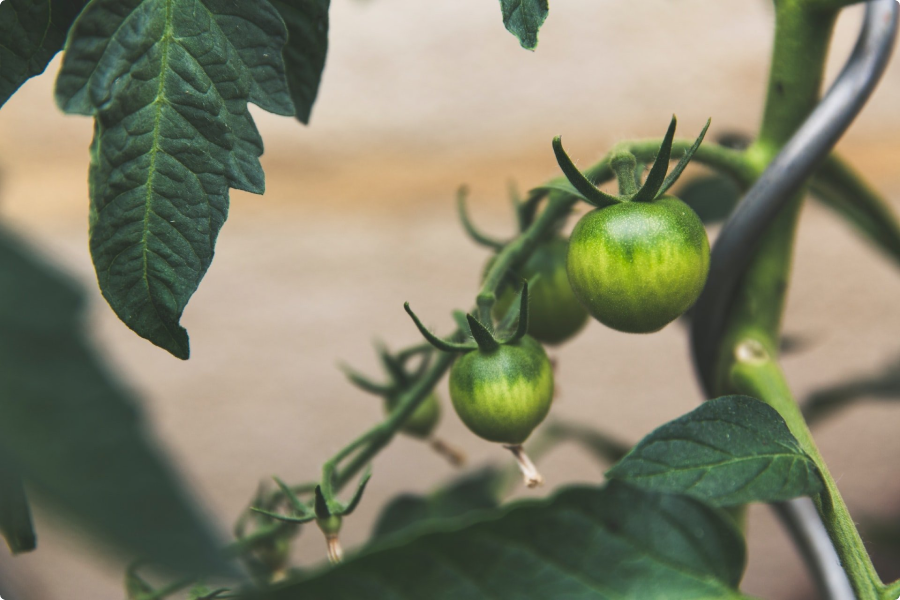

When faced with crop losses due to climate events and system failures, Eliven Tropical turned to...
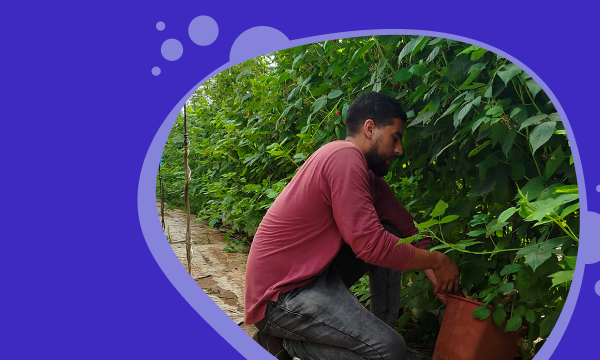
See the strategy behind evapotranspiration-based irrigation planning that helped a greenhouse...

With late blight causing crop loss and large costs, Agrícola Chaparral turned to digital agronomy...

What if tomato seeds were treated as commodities? This article explains how data and AI can help...
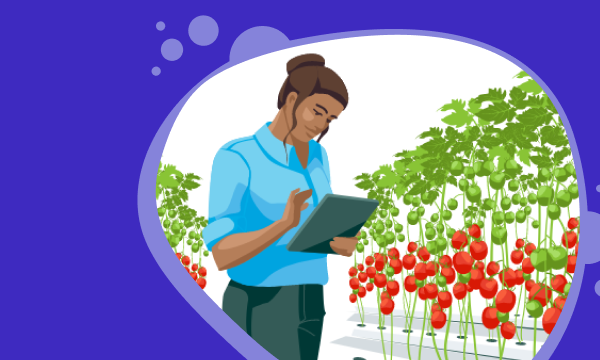
Do growers focus too much on high accuracy yield forecasting and miss key contextual indicators?

In this crop steering guide, you'll learn how to adjust environmental factors for ideal plant...

Discover strategies for maximizing crop yields by balancing generative/vegetative growth.

Learn how interpreting crop yield prediction with contextual data improves decision-making and...

WayBeyond's study unveils factors behind yield swings and proposes an alternative to improve yield...
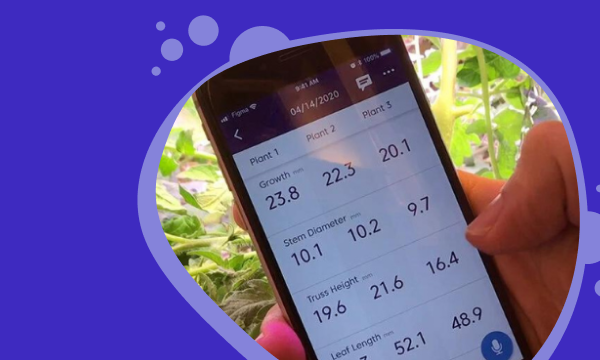
Why do growers use crop registration and how does it benefit crop management practices?
Champions of crop management.
Giving commercial growers the power to make better crop management decisions and optimize crop outcomes.
Solutions
Customers
©2025 WayBeyond. All Rights Reserved.